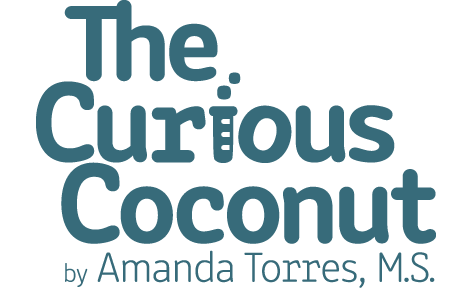"Abstract
CONTEXT:
Reduced energy expenditure following weight loss is thought to contribute to weight gain. However, the effect of dietary composition on energy expenditure during weight-loss maintenance has not been studied.
OBJECTIVE:
To examine the effects of 3 diets differing widely in macronutrient composition and glycemic load on energy expenditure following weight loss.
DESIGN, SETTING, AND PARTICIPANTS:
A controlled 3-way crossover design involving 21 overweight and obese young adults conducted at Children's Hospital Boston and Brigham and Women's Hospital, Boston, Massachusetts, between June 16, 2006, and June 21, 2010, with recruitment by newspaper advertisements and postings.
INTERVENTION:
After achieving 10% to 15% weight loss while consuming a run-in diet, participants consumed an isocaloric low-fat diet (60% of energy from carbohydrate, 20% from fat, 20% from protein; high glycemic load), low-glycemic index diet (40% from carbohydrate, 40% from fat, and 20% from protein; moderate glycemic load), and very low-carbohydrate diet (10% from carbohydrate, 60% from fat, and 30% from protein; low glycemic load) in random order, each for 4 weeks.
MAIN OUTCOME MEASURES:
Primary outcome was resting energy expenditure (REE), with secondary outcomes of total energy expenditure (TEE), hormone levels, and metabolic syndrome components.
RESULTS:
Compared with the pre-weight-loss baseline, the decrease in REE was greatest with the low-fat diet (mean [95% CI], -205 [-265 to -144] kcal/d), intermediate with the low-glycemic index diet (-166 [-227 to -106] kcal/d), and least with the very low-carbohydrate diet (-138 [-198 to -77] kcal/d; overall P = .03; P for trend by glycemic load = .009). The decrease in TEE showed a similar pattern (mean [95% CI], -423 [-606 to -239] kcal/d; -297 [-479 to -115] kcal/d; and -97 [-281 to 86] kcal/d, respectively; overall P = .003; P for trend by glycemic load < .001). Hormone levels and metabolic syndrome components also varied during weight maintenance by diet (leptin, P < .001; 24-hour urinary cortisol, P = .005; indexes of peripheral [P = .02] and hepatic [P = .03] insulin sensitivity; high-density lipoprotein [HDL] cholesterol, P < .001; non-HDL cholesterol, P < .001; triglycerides, P < .001; plasminogen activator inhibitor 1, P for trend = .04; and C-reactive protein, P for trend = .05), but no consistent favorable pattern emerged.
CONCLUSION:
Among overweight and obese young adults compared with pre-weight-loss energy expenditure, isocaloric feeding following 10% to 15% weight loss resulted in decreases in REE and TEE that were greatest with the low-fat diet, intermediate with the low-glycemic index diet, and least with the very low-carbohydrate diet.
TRIAL REGISTRATION:
clinicaltrials.gov Identifier: NCT00315354."




